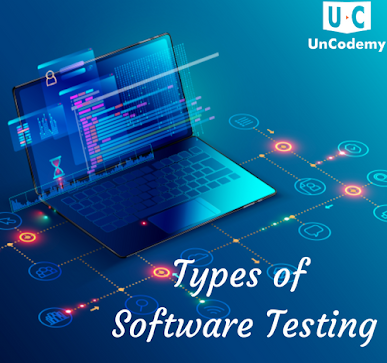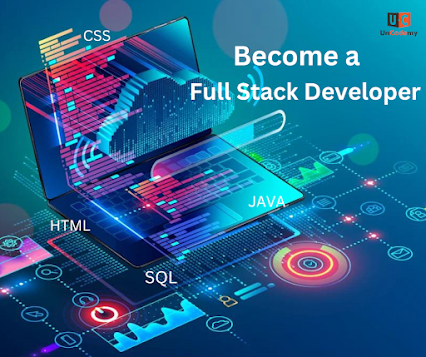Introduction of Java - History, Features and Career
.png)
James Gosling develop the java programming language in 1995. Java is a simple programming language which makes it easy in writing, debug and compile. Java is an object-oriented programming language which has a platform independent. This is a general-purpose programming language which made for developers to write and run everywhere and know the career opportunities with Java Course in Greater Noida. History Java has a very interesting history. This is a programming language which developed in 1991. James Gosling, Patrick Naughton and Mike Sheridan, a group of Sun engineers, they are known as the "Green Team", introduced the Java language in 1991. Sun Microsystems released its first official version in 1996, called Java 1.0. It provides free services on popular sites. Arthur van Hoff rewrote the Java1.0 compiler in Java to match his specifications. With the release of Java 2, the new version has multiple arrangements for different platforms. In 1997, Sun Microsystems talk to t...

